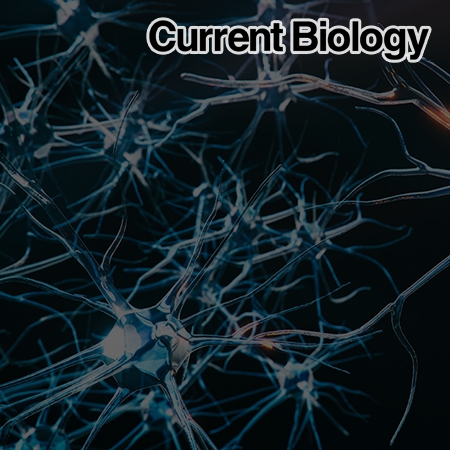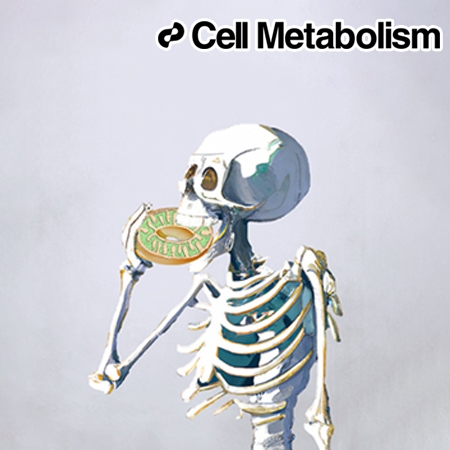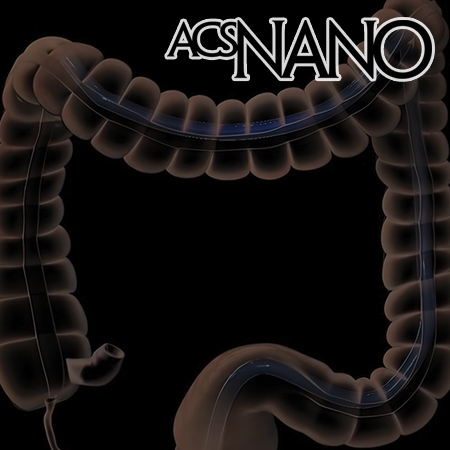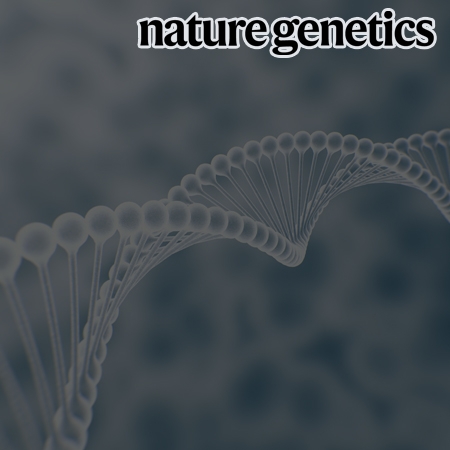Research Research Highlights
Research Highlights
Research Highlights
Research Highlights
Research Highlights 미리보기

Professor Hyobin Yoo’s Research Team at SNU Develops 2D Quantum Material Platform Using Moiré Lattice Superposition
Prof. Hyobin Yoo
Seoul National University College of Engineering has announced that a joint research team led by Professor Hyobin Yoo from the Department of Materials Science and Engineering, in collaboration with Professor Young-Woo Son (Korea Institute for Advanced Study) and Professor Changwon Park (Ewha Womans University), has successfully developed a two-dimensional (2D) quantum material platform through the superposition of moiré lattices.
Research Highlights Board

Hippocampal engram networks for fear memory recruit new synapses and modify pre-existing synapses in vivo
Prof. Bong-Kiun Kaang
As basic units of neural networks, ensembles of synapses underlie cognitive functions such as learning and memory. These synaptic engrams show elevated synaptic density among engram cells following contextual fear memory formation.

Bioengineered liver crosslinked with nano-graphene oxide enables efficient liver regeneration via MMP suppression and immunomodulation
Prof. Kyung-Sun Kang
Decellularized extracellular matrix scaffold, widely utilized for organ engineering, often undergoes matrix decomposition after transplantation and produces byproducts that cause inflammation, leading to clinical failure.

Mitochondrial Fragmentation and Donut Formation Enhance Mitochondrial Secretion to Promote Osteogenesis
Prof. Yun-Sil Lee
Mitochondrial fission and donut formation increase during osteoblast maturation. Fragmented mitochondria and MDVs are secreted extracellularly during osteogenesis. Increasing mitochondrial fission through OPA1 downregulation enhances osteogenesis. Treatment of osteoblast-secreted mitochondria accelerates bone regeneration.

Development of spleen targeting H2S donor loaded liposome for the effective systemic immunomodulation and treatment of inflammatory bowel disease
Prof. Hyung-Jun Im
Nanoparticles are primarily taken up by immune cells after systemic administration. Thus, they are considered an ideal drug delivery vehicle for immunomodulation.

Engineering DNA-based synthetic condensates with programmable material properties, compositions, and functionalities
Prof. YONGDAE SHIN & DO-NYUN KIM
Biomolecular condensates participate in diverse cellular processes, ranging from gene regulation to stress survival. Bottom-up engineering of synthetic condensates advances our understanding of the organizing principle of condensates

Association between antibiotics and dementia risk: A retrospective cohort study
Prof. Sang Min Park
The possible relation between antibiotic exposure and the alteration of gut microbiota, which may affect dementia risk, has been revealed. However, the association between antibiotics and dementia incidence has rarely been studied.

Widespread false gene gains caused by duplication errors in genome assemblies
Prof. Heebal Kim
False duplications in genome assemblies lead to false biological conclusions. We quantified false duplications in popularly used previous genome assemblies for platypus, zebra finch, and Anna’s Hummingbird, and their new counterparts of the same species generated by the Vertebrate Genomes Project, of which the Vertebrate Genomes Project pipeline attempted to eliminate false duplications through haplotype phasing and purging.

Biomimetic reconstruction of butterfly wing scale nanostructures for radiative cooling and structural coloration
Prof. Seung Hwan Ko
A great number of butterfly species in the warmer climate have evolved to exhibit fascinating optical properties on their wing scales which can both regulate the wing temperature and exhibit structural coloring in order to increase their chances of survival.

Orthogonally-tunable and ER-targeting fluorophores detect avian influenza virus early infection
Prof. Dongwhan Lee
Cell-based assays can monitor virus infection at a single-cell level with high sensitivity and cost-efficiency. For this purpose, it is crucial to develop molecular probes that respond selectively to physiological changes in live cells.

Motivational salience drives habitual gazes during value memory retention and facilitates relearning of forgotten value
Prof. Hyoung Kim
A habitual gaze is critical to efficiently identify and exploit valuable objects. However, it is unclear what salience components drive the habitual gaze choice. Here, we trained subjects to assign positive, neutral, and negative values to objects and found that motivational salience guided habitual gaze choices over 30 days of memory retention.

SAIGE-GENE+ improves the efficiency and accuracy of set-based rare variant association tests
Prof. Seunggeun Lee
Several biobanks, including UK Biobank (UKBB), are generating large-scale sequencing data. An existing method, SAIGE-GENE, performs well when testing variants with minor allele frequency (MAF) ≤ 1%, but inflation is observed in variance component set-based tests when restricting to variants with MAF ≤ 0.1% or 0.01%.

Reduced dopant-induced scattering in remote charge–transfer-doped MoS2 field-effect transistors
Prof. Takhee Lee
Efficient doping for modulating electrical properties of two-dimensional (2D) transition metal dichalcogenide (TMDC) semiconductors is essential for meeting the versatile requirements for future electronic and optoelectronic devices.

